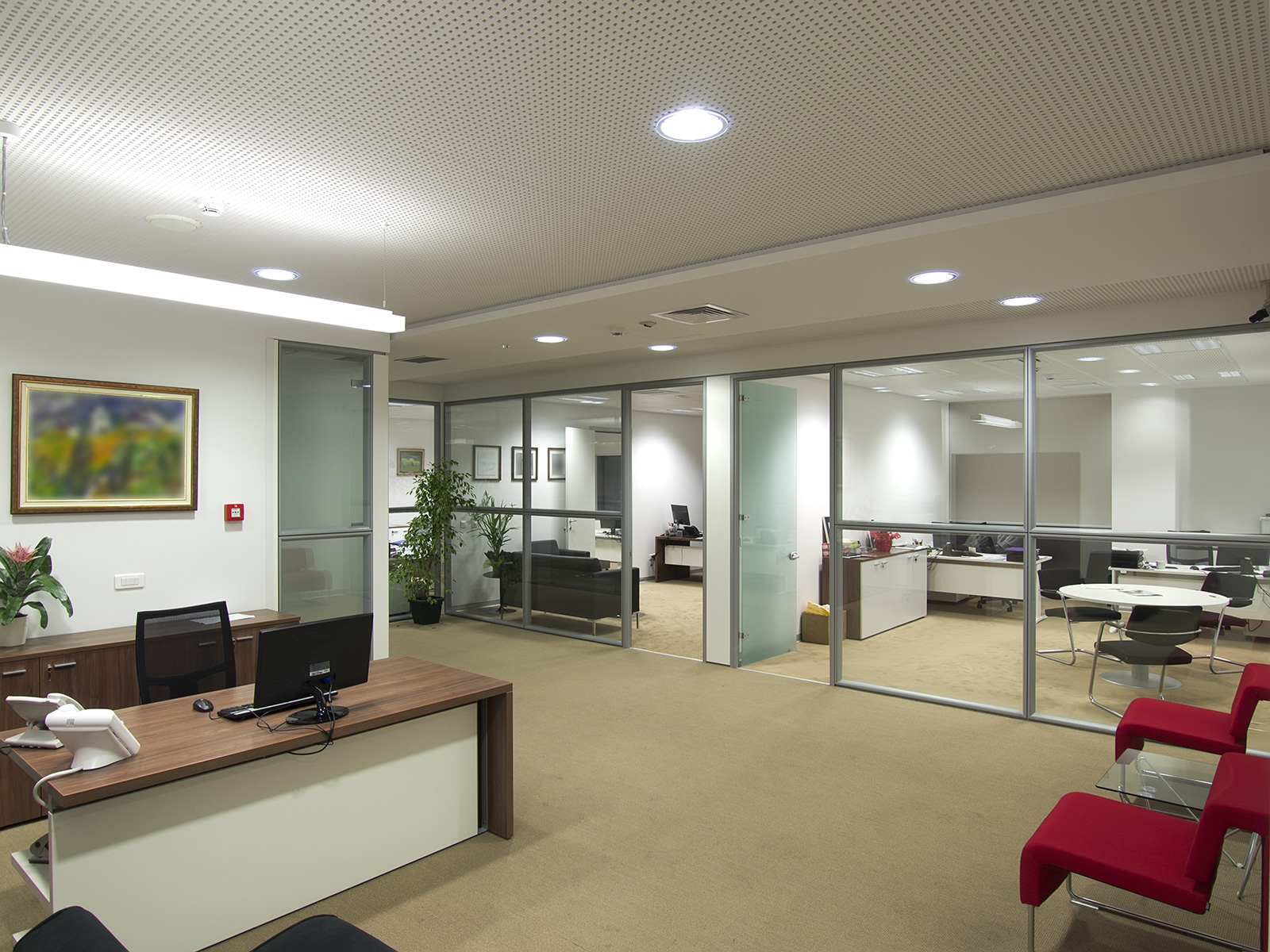Creating space in an office is essential for promoting productivity, organisation, and a comfortable work environment. Whether you're dealing with a small office or looking to optimise a larger space, there are several effective strategies you can implement to maximise usable space and improve overall functionality. Here are some of the best ways to create space in an office:
Declutter and Organise
Start by decluttering the office space and getting rid of unnecessary items, paperwork, and furniture. Encourage employees to keep their work areas tidy and organised by providing storage solutions such as filing cabinets, shelves, and bins. Utilise vertical space for storage to free up floor space.
Flexible Furniture Arrangements
Experiment with different furniture layouts to optimise space and improve flow. Consider using modular or multipurpose furniture that can be easily rearranged to accommodate changing needs. Choose ergonomic furniture that maximises comfort and functionality without taking up excessive space.
Open Plan Design
Embrace an open plan design to create a more spacious and collaborative work environment. Remove unnecessary walls or partitions to promote communication and interaction among employees. Use low-profile furniture and transparent dividers to maintain a sense of openness while still providing privacy when needed.
Utilise Vertical Space
Make the most of vertical space by installing shelves, wall-mounted storage units, or overhead storage bins. This helps to free up valuable floor space while providing additional storage options for office supplies, equipment, and personal belongings.
Maximise Natural Light
Natural light can make a space feel more open, inviting, and energising. Remove obstructions such as heavy curtains or blinds and consider installing larger windows or skylights if possible. Use light-coloured paint and reflective surfaces to bounce natural light throughout the office.

Digitalise Documents and Processes
Reduce paper clutter and save physical space by digitising documents and processes. Implement digital storage solutions, cloud-based file sharing platforms, and electronic document management systems to streamline workflows and reduce reliance on physical paperwork.
Create Multi-Functional Areas
Designate multi-functional areas within the office to maximise space efficiency. For example, a meeting room could double as a breakout space or collaboration area with the addition of flexible seating and modular furniture. Encourage employees to use communal areas for informal meetings, brainstorming sessions, or relaxation breaks.
Implement Remote Work Policies
Consider implementing remote work policies or flexible work arrangements to reduce the need for physical office space. Allow employees to work from home part-time or on designated days to alleviate overcrowding and minimise space constraints.
By implementing these strategies, you can create a more spacious, efficient, and adaptable office environment that meets the needs of employees while maximising available space. Regularly reassess and adjust your office layout and design to ensure it continues to support productivity and collaboration as your business evolves.

